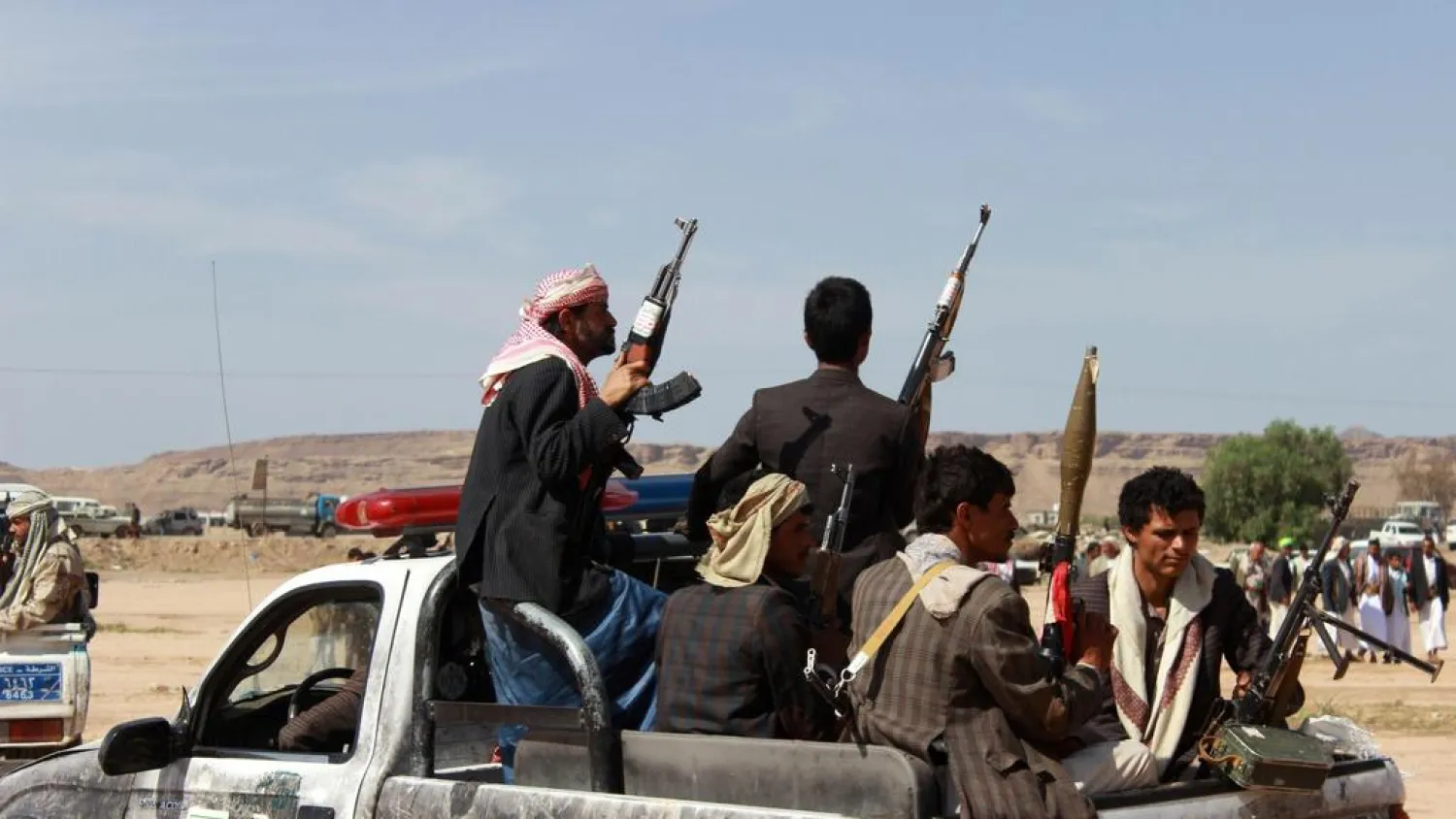Syria’s government has ordered soldiers to guard a mass grave created to conceal atrocities under Bashar al-Assad and has opened a criminal investigation, following a Reuters report that revealed a yearslong conspiracy by the fallen dictatorship to hide thousands of bodies on the remote desert site.
The site, in the Dhumair desert east of Damascus, was used during Assad’s rule as a military weapons depot, according to a former Syrian army officer with knowledge of the operation.
It was later emptied of personnel in 2018 to ensure secrecy for a plot that involved unearthing the bodies of thousands of victims of the dictatorship buried in a mass grave on the outskirts of Damascus and trucking them an hour’s drive away to Dhumair.
The plot, orchestrated by the dictator’s inner circle, was called “Operation Move Earth.”
Soldiers are stationed at the Dhumair site again, this time by the government that overthrew Assad.
The Dhumair military installation was also reactivated as a barracks and arms depot in November, after seven years of disuse, according to an army officer posted there in early December, a military official and Sheikh Abu Omar Tawwaq, who is the security chief of Dhumair.
The Dhumair site was completely unprotected over the summer, when Reuters journalists made repeated visits after discovering the existence of a mass grave there.
Within weeks of the report in October, the new government created a checkpoint at the entrance to the military installation where the site lies, according to a soldier stationed there who spoke to Reuters in mid-December. Visitors to the site now need access permits from the Defense Ministry.
Satellite images reviewed by Reuters since late November show new vehicle activity around the main base area.
The military official, who spoke on condition of anonymity, said the reactivation of the base is part of efforts to “secure control over the country and prevent hostile parties from exploiting this open strategic area.” The road through the desert connects one of ISIS’ remaining Syrian strongholds with Damascus.
POLICE INVESTIGATION
In November, police opened an investigation into the grave, photographing it, carrying out land surveys and interviewing witnesses, according to Jalal Tabash, head of the al-Dhumair police station. Among those interviewed by police was Ahmed Ghazal, a key source for the Reuters investigation that exposed the mass grave.
“I told them all the details I told you about the operation and what I witnessed during those years,” said Ghazal, a mechanic who repaired trucks carrying bodies that broke down at the Dhumair grave site.
Ghazal confirmed that during the time of “Operation Move Earth,” the military installation appeared vacant except for the soldiers involved in accompanying the convoys.
Syria’s Information Ministry did not respond to requests for comment about the re-activation of the base or the investigation into the mass grave.
The National Commission for Missing Persons, which was established after Assad’s ouster to investigate the fate of tens of thousands of Syrians who vanished under his rule, told Reuters it is in the process of training personnel and creating laboratories in order to meet international standards for mass grave exhumations.
Exhumations at Syria’s many Assad-era mass graves, including the site at Dhumair, are scheduled for 2027, the commission told Reuters.
The police have referred their report on Dhumair to the Adra district attorney, Judge Zaman al-Abdullah.
Al-Abdullah told Reuters that information about Assad-era suspects involved in the Dhumair operation, both inside and outside Syria, is being cross-referenced with documents obtained by security branches after the dictator’s fall in December 2024. He would not describe the suspects, citing the ongoing investigation.
According to military documents reviewed by Reuters and testimony from civilian and military sources, logistics for “Operation Move Earth” were handled by a key man, Col. Mazen Ismander.
Contacted through an intermediary, Ismander declined to comment on the initial Reuters report or the new investigation into the mass grave.
When the conspiracy was hatched in 2018, Assad was verging on victory in the civil war and hoped to reclaim legitimacy in the international community after years of sanctions and allegations of brutality.
He had been accused of detaining and killing Syrians by the thousands, and the location of a mass grave in the Town of Qutayfah, outside Damascus, had been reported by local human rights activists.
So an order came from the presidential palace: Excavate Qutayfah and hide the bodies on the military installation in the Dhumair desert.
For four nights a week for nearly two years, from 2019 to 2021, Ismander oversaw the operation, Reuters found . Trucks hauled corpses and dirt from the exposed mass grave to the vacated military installation in the desert, where trenches were filled with bodies as the Qutayfah site was excavated.
In revealing the conspiracy, Reuters spoke to 13 people with direct knowledge of the two-year effort and analyzed more than 500 satellite images of both mass graves.
Under the guidance of forensic geologists, Reuters used aerial drone photography to create high-resolution composite images that helped corroborate the transfer of bodies by showing
color changes in the disturbed soil around Dhumair’s burial trenches.









